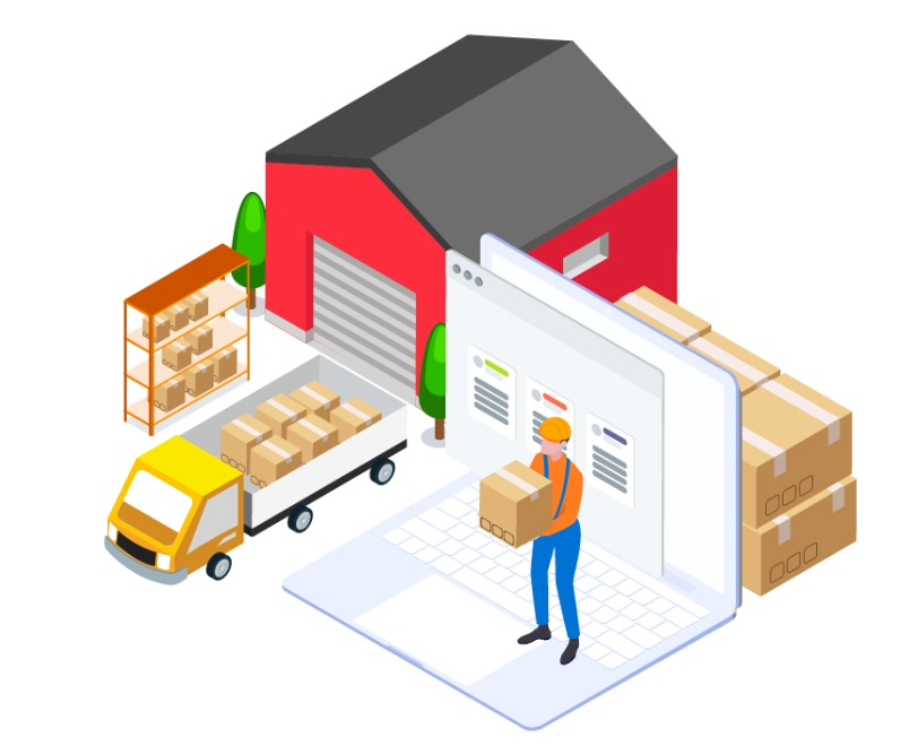Keeping track of your restaurant inventory is a tendinous task that is often overlooked in terms of how important it is and what impact it has on your restaurant.
According to the National Restaurant Association, 75% of restaurants in the United States struggle to turn a profit due to their inability to manage food costs and keep them at acceptable levels.
Choosing how to do restaurant inventory can help you break this trend and benefit your restaurant in many ways.
Read on for tips on how to do restaurant inventory and ways that you choose how to do restaurant inventory can affect your restaurant.
Why do You Need to do Restaurant Inventory?
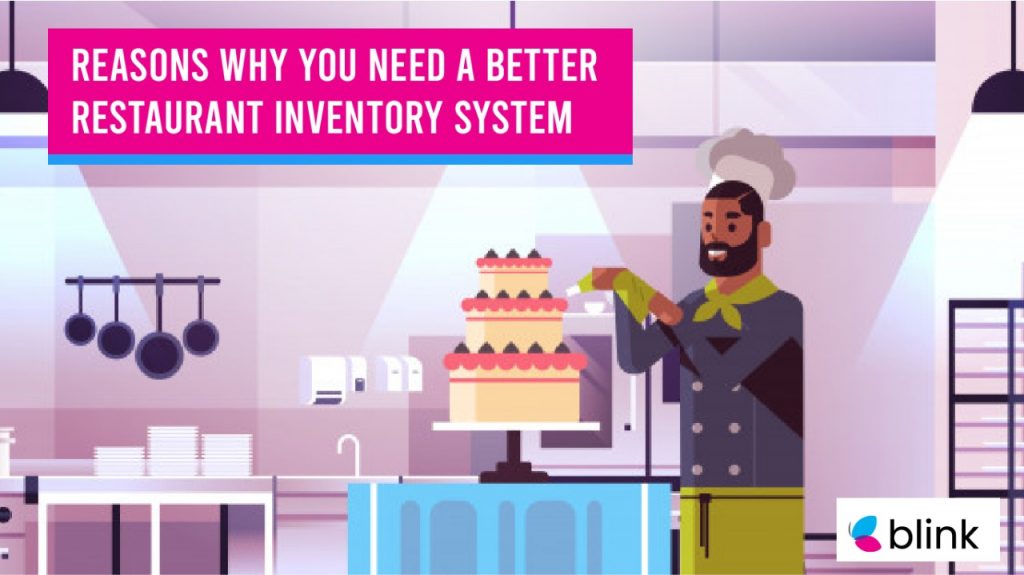
Keeping track of your restaurant inventory and inventory management is an essential process for any restaurant.
Having an efficient restaurant inventory management system in place helps your business maintain restaurant profitability. Managing the flow of food and supplies in your business helps ensure that you are able to make a significant profit from your food service.
Investing time and effort in effective restaurant inventory management is beneficial in more ways than one, here are some of the ways you can benefit as a restaurant by taking out time to do restaurant inventory.
- Precise Ordering
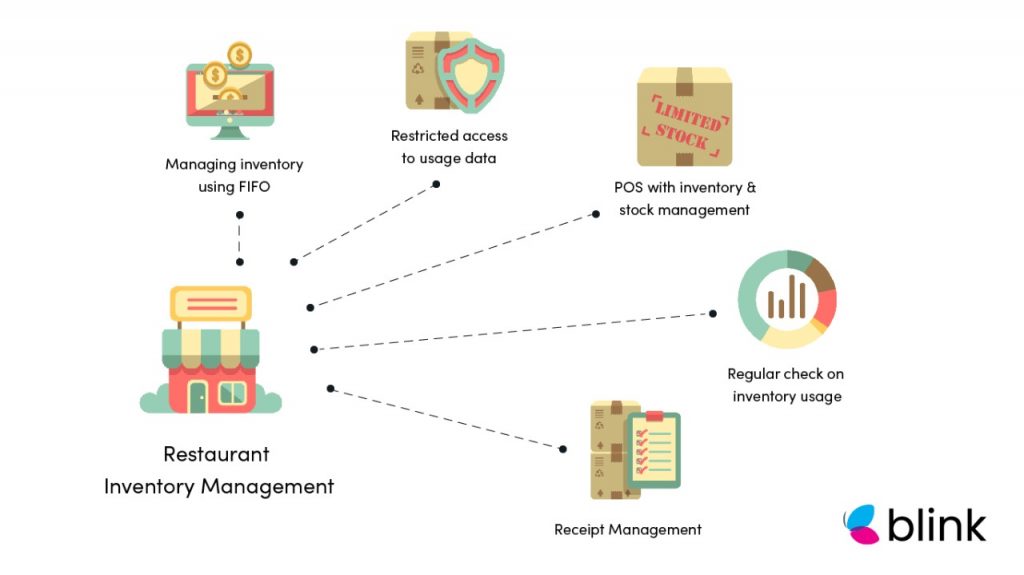
By partaking in restaurant inventory, your business can ensure that you are aware and can audit what your current available stock of materials and food is.
Being aware of this lets those in charge plan purchases accordingly. Thus, you minimize if not completely eradicate over or under ordering products, produce, and materials.
This planning also ensures that produce is fresh thus adding to the food you serve at your restaurant and improving customer satisfaction in turn.
- Food Cost Management
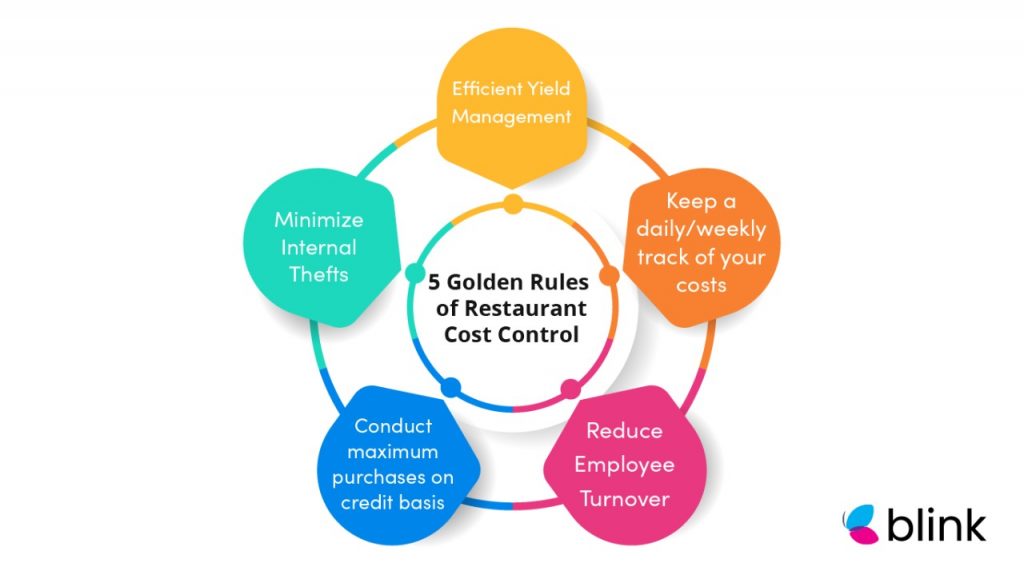
One way of maximizing profits is by optimizing food costs. This is possible through the data and information you gather through an effective inventory management process.
Knowing your inventory allows you to plan and adjust accordingly. You can gain the flexibility to plan your menu with your expenses and stock in mind.
You will also gain perspective on how your customer’s orders will affect the general profitability of your restaurant business.
- Knowledge of Ill Doing
Maintaining a restaurant inventory also gives you data that will allow you to be alerted or discover if any ill-doing or wrongful work is at play.
By this, we mean that you will be able to determine if there has been any theft or pilferage from your restaurant kitchen. Pilferage is estimated to cost restaurants $20 billion a year.
Keeping a restaurant inventory allows you to capture any discrepancies in the stock.
Therefore, you are able to ensure that your staff stays accountable, and even in the case of normal restaurant functioning, you can avoid any unnecessary wastage.
The bottom line however is that your restaurant inventory affects your net profit.
Your restaurant inventory composes of the cost of creating the items on your menu, otherwise known as your ‘cost of goods sold.’
You can calculate the costs of goods sold by this equation:
Cost of goods sold= beginning inventory + purchased inventory – ending inventory
And the way that a restaurant inventory relates to your net profit is that the cost of goods sold is used in the equation to determine your net profit.
You can calculate your net profit by subtracting your labor cost from your gross profit and adding the total operating cost.
Through these equations, it is evident that a lower cost of goods sold equals a greater net profit. And a means to reaching a lower cost of goods sold value is by being smart in your purchases, by conserving and buying fewer ingredients, and lowering your food cost.
By maintaining a restaurant inventory and establishing an efficient restaurant inventory management system you can understand how to lower your cost of goods sold.
Different Methods Used to do Restaurant Inventory
Your restaurant inventory is how you keep track of goods so that you are able to plan effectively in terms of what you need to purchase, as well as understand food costs and avoid food and wastage of other materials.
There are different methods adopted to be able to do this inventory.
The three main types of inventory are as follows:
- Simple and traditional pen and paper
- Par inventory sheets
- Automated inventory management
Let’s look at these methods and what they have to offer.
- Simple and Traditional Pen and Paper
It is common for restaurants to still rely on pen and paper to track and note down the restaurant inventory.
And while this method may work for many, it can easily cause errors and miscalculations which can cost your restaurant in terms of both time and money.
Therefore, you will find that more digital methods are now preferred by the majority of restaurants to complete their restaurant inventory.
- Par Inventory Sheets
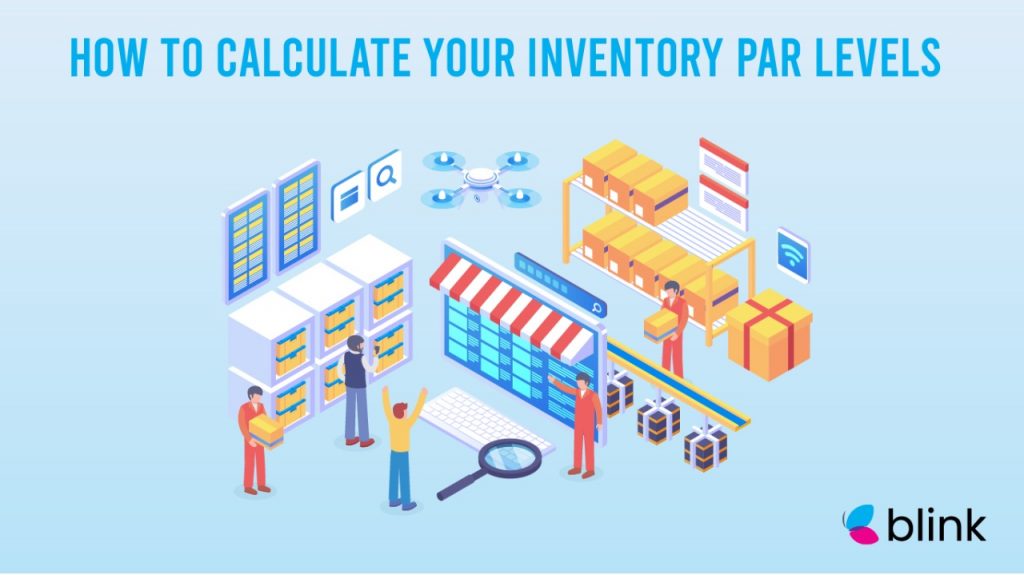
Par Inventory Sheets are the use of spreadsheets to track and note down restaurant inventory.
The par inventory sheets method involves a restaurant, or more specifically a restaurant manager, setting a level of the quantity they want of any such item in-house. This level or quantity is known as the par level.
The par inventory sheets method uses what is sitting in the inventory to help guide a restaurant to plan what and how much should be ordered.
Moreover, the method helps highlight when the restaurant will need additional inventory or when items are being wasted depending on certain events.
- Automated Inventory Management
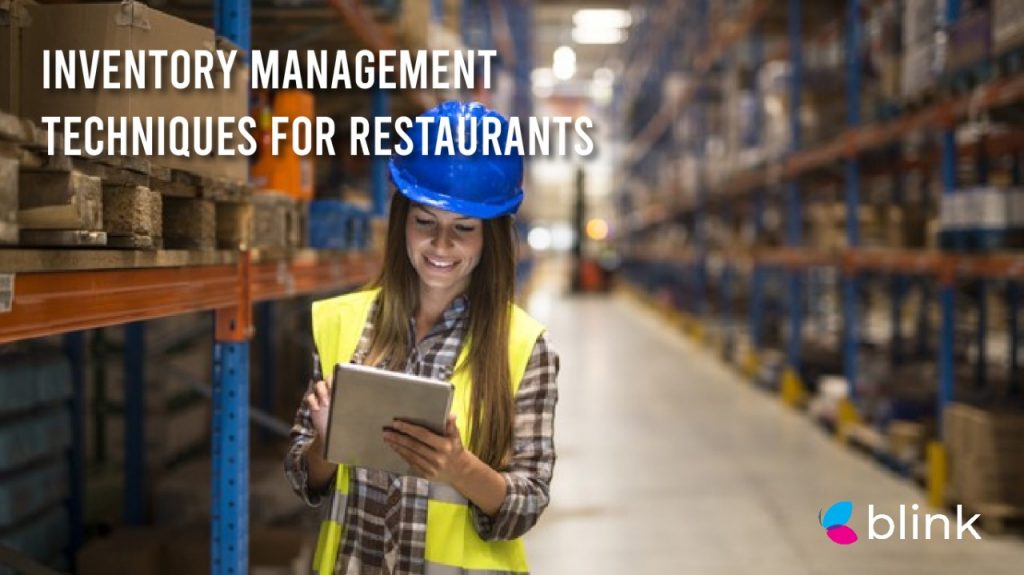
Arguably the best and most thorough and efficient method of doing a restaurant inventory is through an automated inventory management system.
Such a system ties in with your point-of-sale system to automate the entire process.
By this connection, your restaurant is easily able to track what items and materials have been used in relation to orders entered in your point-of-sale system and match them to recipes entered in your inventory software.
Such a system makes it easy to identify what has been used, what is needed, and what is left all in real-time. It also allows managers and owners to easily generate reports.
Top Tips on How to do Restaurant Inventory
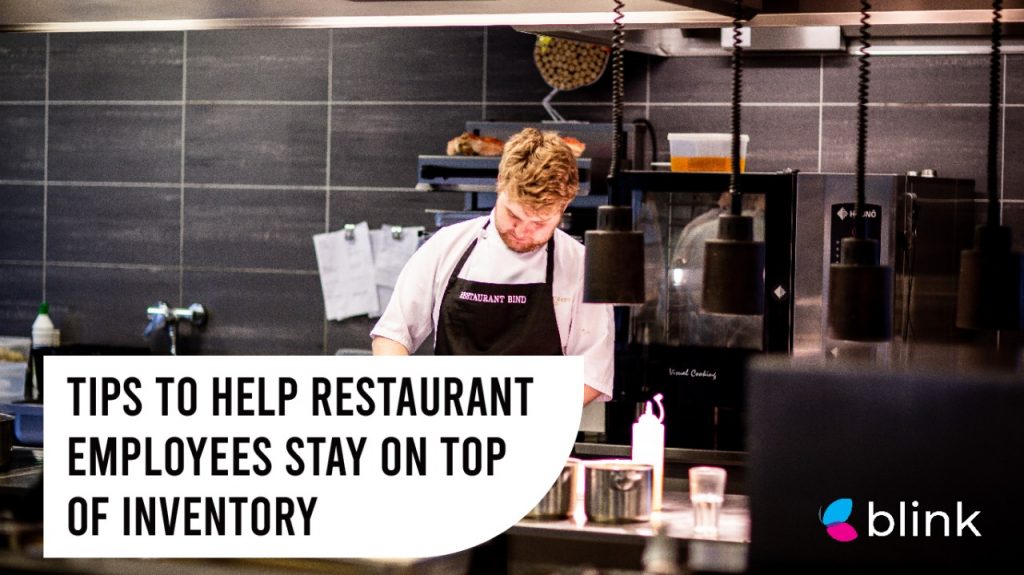
The means by which you take your restaurant inventory can vary, however, there are certain tips and tricks you can employ so you optimize you’re your efforts in taking your restaurant inventory.
Remember, you want to seize as many opportunities as possible to reduce food costs to allow you to increase your business’ profit margins.
Tip 1: Hold Frequent and Consistent Inventory Checks
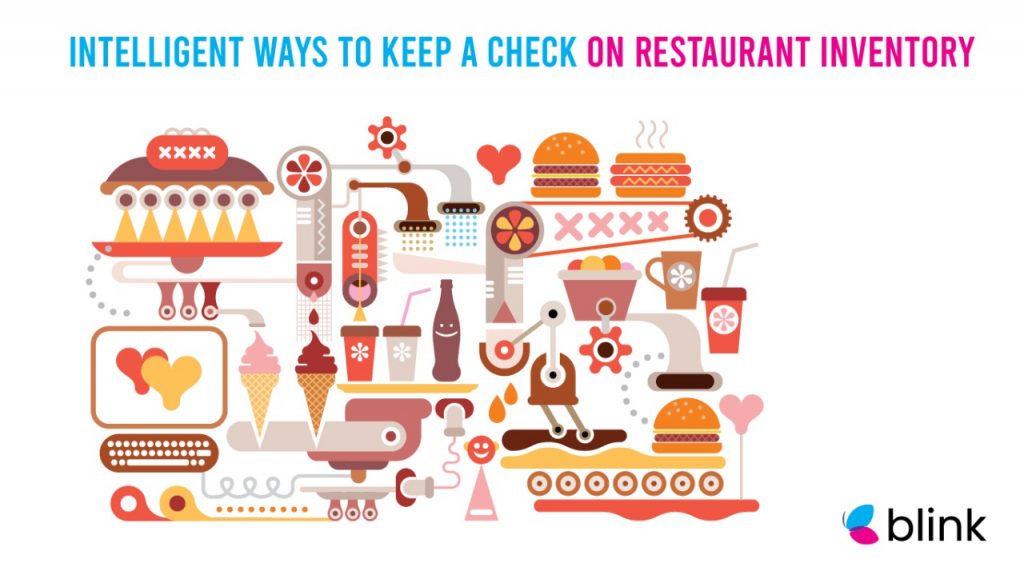
The first tip is to regulate your inventory checks by keeping a schedule and ensuring your inventory checks are both consistently and frequently done.
One way to do this by holding both daily and weekly inventory checks. You want to ensure that you count your inventory at consistent intervals and try to make these checks occur at the same time each day or week.
By ensuring consistency you ensure that you will remember to do the inventory and that this important process will not be forgotten. You will also be able to gain a more accurate idea of your inventory through counts which can help with planning.
If you choose to schedule both daily and weekly inventory counts these two checks will be different both in terms of how long they take as well as what they focus on.
Daily inventory checks will be shorter and will be more focused on specific items.
For example, you will want to keep tabs on items that are perishable and have regular daily checks on food that have short shelf lives. You will also want to ensure you have daily checks for ingredients needed to make your best sellers or most popular dishes. These are key items that should be checked daily. You may also want to include expensive items in your daily checks which will allow you to deter stealing.
Weekly inventory checks in comparison will be more in-depth and thus take longer to conduct.
Weekly inventory counts should be aimed at gaining a wider and more detailed picture of stock. You will want to look into reordering ingredients and planning your next purchase. You may also want to see which items on your menu are performing well. Again, knowing what is selling and what isn’t will help you plan your next purchase.
In fact, studies have shown that operators who conduct weekly inventory turnover calculations add anywhere from 2% to 10% to their bottom line.
Tip 2: Organize Your Space
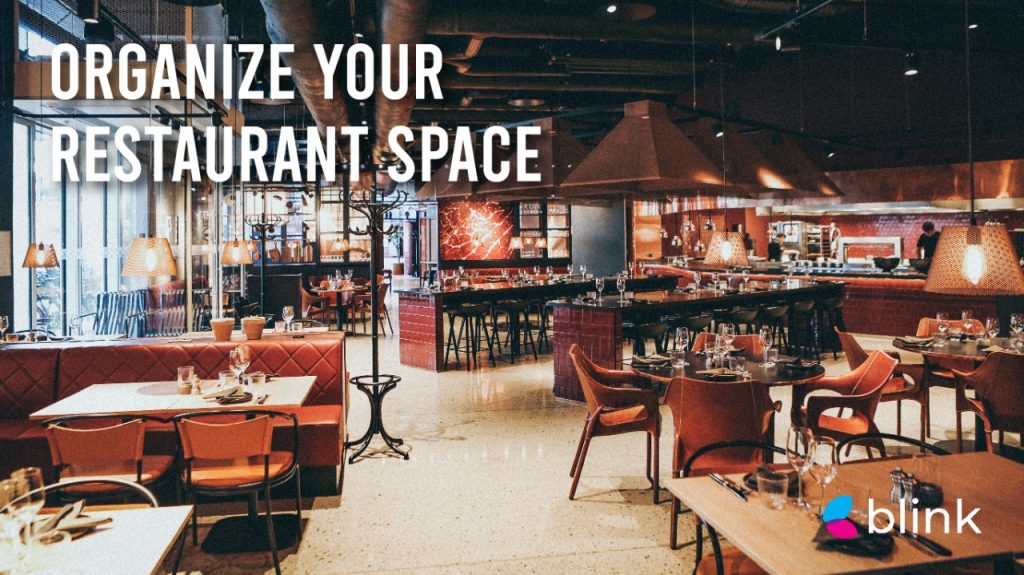
Inventory management can be a time-consuming and tiresome process. It is this fact that makes employees and staff members want to avoid performing the task and leads to irregular inventory checks.
However, considering the benefits you have to gain you want to make the process as streamlined as possible.
One way to achieve this is to ensure that the stock in your restaurant is organized. When your stock is organized your inventory management moves more quickly.
You could even adopt the first-in, first-out (FIFO) method of organization.
The FIFO method involves selling and using the items first that you received or purchased first. You then can move the new items purchased to the front of your shelves.
This method ensures that things do not go bad and thus you minimize and avoid wasting stock.
Organization not only helps those who are doing inventory counts but also helps your other staff members and processes to move more smoothly.
Tip 3: Use Past Inventory Data to Your Advantage
Since you will be doing regular inventory checks, you or whoever conducts your restaurant’s inventory check can use information and data gathered over time to benefit the business.
Past inventory data will provide you with patterns and trends of your restaurant and its customers. You will be able to identify which ingredients are over- or under-utilized.
Data will also give you valuable insights into trends regarding purchases of your customers in relation to different times of the day, the week, etc. This will allow you to make more economic decisions for the betterment of your business.
Tip 4: Choose the Right Employees to do Inventory
Choosing the right employees or staff members to be in charge of tracking your restaurant’s inventory is important.
You want individuals who will give this task the right amount of time and effort and be consistent with their work. If you choose to use a software you want to choose those individuals who will be able to use the tool and won’t take too much time understanding and onboarding.
You may also find that having the same staff members conduct the inventory daily or weekly is beneficial. Not only will this make it easier for them to spot any inconsistencies, but they will also start to identify patterns and nuances making the planning process more efficient.
Whoever you choose to perform this task, you need to take the time to train so that you can get the most out of this process. You also want to explain why such a process is taking place and is important to all those involved so that they give it the commitment it requires.
Tip 5: Choose the Right Software or Tools for Inventory
As we mentioned above, having a designated system or software for your restaurant inventory management can be beneficial to your business and all those involved.
Your inventory relies heavily on tracking sales and analyzing data which can be difficult to do manually. Even if you have been using such a system in the past as your business grows the manual method just won’t cut it.
Studies have shown that 95% of operators say that technology improves the overall efficiency of their operation.
With online ordering taking the food and beverage business by storm having an online ordering system that also displays available items is beneficial.
Blink provides an online ordering solution that is available on different platforms including web interface and mobile applications.
This Software-as-a-Service provides a scalable backend to a branded mobile application and website just for your restaurant business.
Along with a range of comprehensive features that you can check out here, Blink’s online ordering solutions backend integrates with any POS or ERP that has APIs available.
The platforms also ensure that your customers stay happy and are satisfied and avoid disappointment with an inventory feature which ensures that only currently available items are being shown to customers.
Outlets have the option to hide menu items from the e-commerce platform when they are unavailable even as specific as on a branch level.
Frequently Asked Questions
How Often Should a Restaurant do Inventory?
When and how often you do your restaurant’s inventory is up to you. However, as mentioned above you should aim to have inventory checks that are consistent and frequent.
Most restaurants do inventory checks once or twice a week. The best rule of thumb is to do a restaurant inventory count when you restock or put in a purchase for restocking to ensure you do not overorder and make sure everything is fresh and within its expiration date.
How Much Food Inventory Should Your Restaurant be Carrying?
Again the answer to this question is reliant on the number and frequency of your deliveries. The aim is to have enough stock to cover your sales which you can estimate from data analysis on your customer’s spending habits.
If restock once or twice a week, having a supply of stock to last around 5 days or a week should be enough.
You want to remember that overstocking is also harmful as it leads to waste and this costs money but also is bad for the environment. In fact, studies have shown that 47% of customers are willing to pay more to support restaurants that actively attempt to reduce food waste.
Final Thoughts
The way you choose how to do restaurant inventory is not a stand-alone process and has an effect on many other processes in your restaurant.
In fact, the way you choose how to do restaurant inventory affects everything from serving your customers and their satisfaction to your net profit and revenue generation.
Therefore, it is important to take the time and effort needed to conduct frequent and consistent restaurant inventory to give your business the most chance of success.
We hope this blog helped inspire you to organize your stock and take the steps necessary to conduct such a process.
You can also get in contact with one of our restaurant consultants to see how you can better the processes already in place.
Related Articles:
 Top 8 Michelin Star Restaurants in Dubai You Can Order From
Top 8 Michelin Star Restaurants in Dubai You Can Order From
 How to Attract More Customers to Your Restaurant (*Updated 2023 Guide)
How to Attract More Customers to Your Restaurant (*Updated 2023 Guide)
 Food Delivery Service Benefits for Restaurants In 2021
Food Delivery Service Benefits for Restaurants In 2021
 8 Smart Ways To Grow Your Online Food Delivery Orders In Saudi Arabia
8 Smart Ways To Grow Your Online Food Delivery Orders In Saudi Arabia
 13 Restaurant Instagram Marketing Strategies
13 Restaurant Instagram Marketing Strategies
